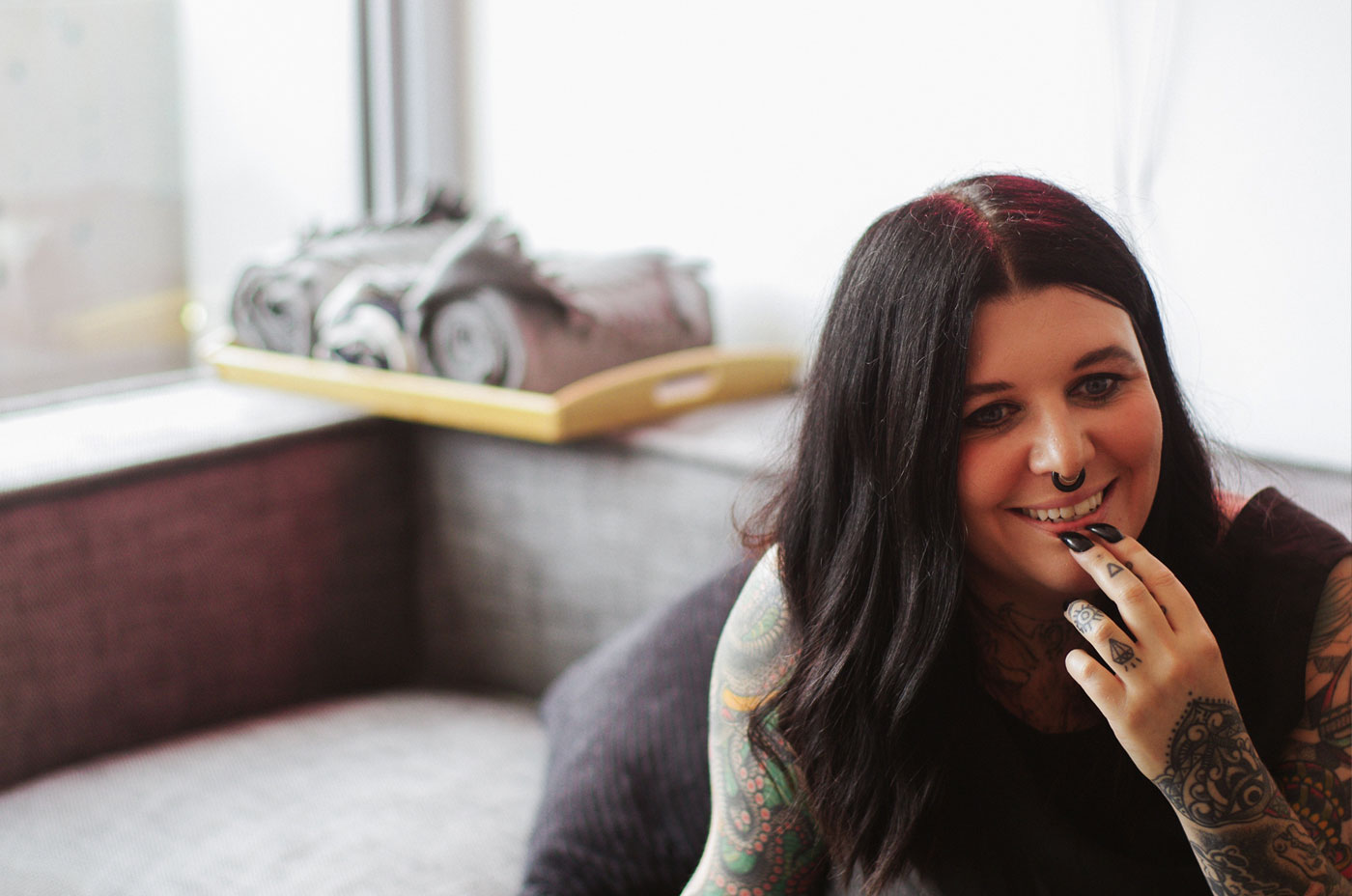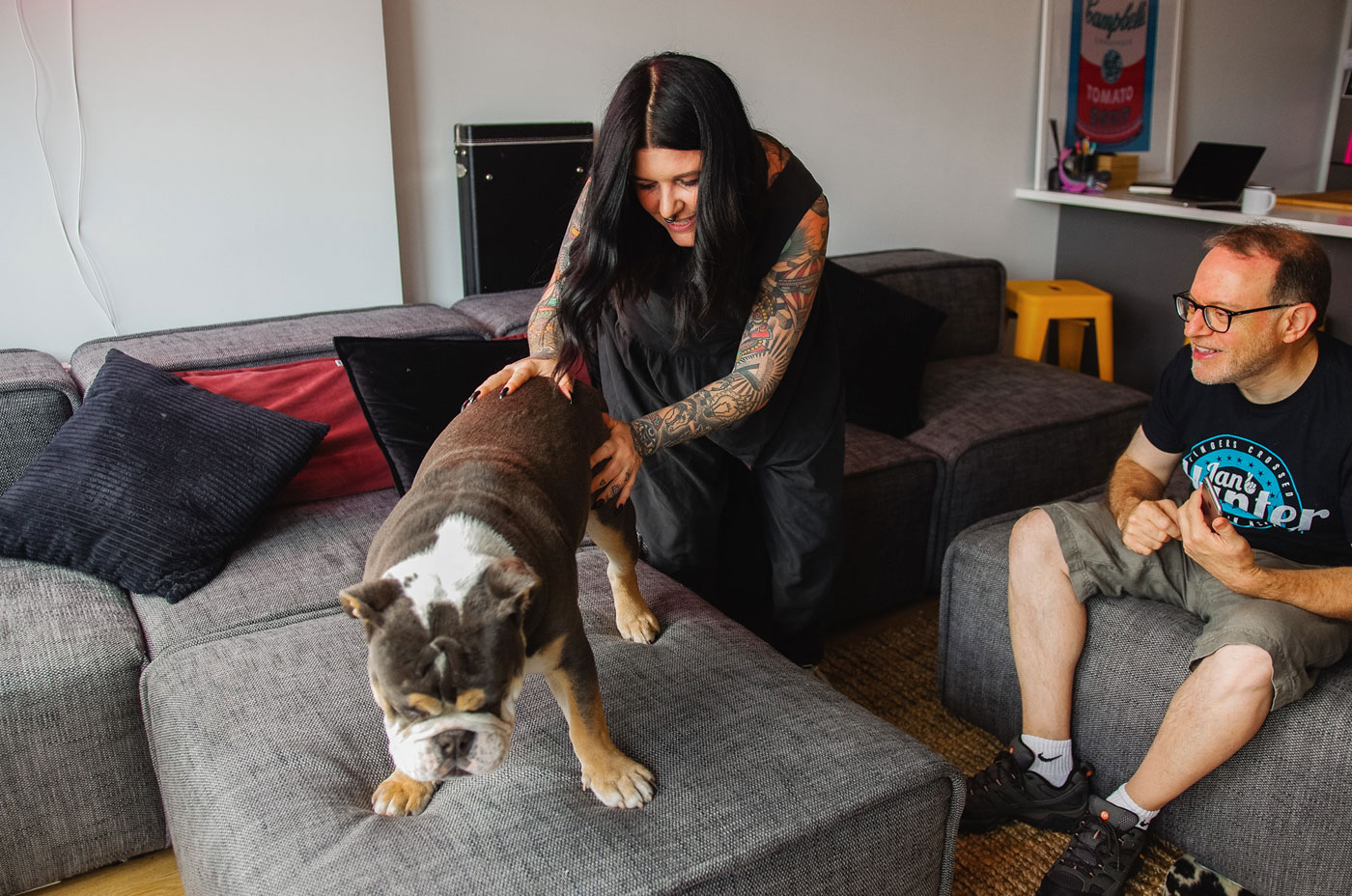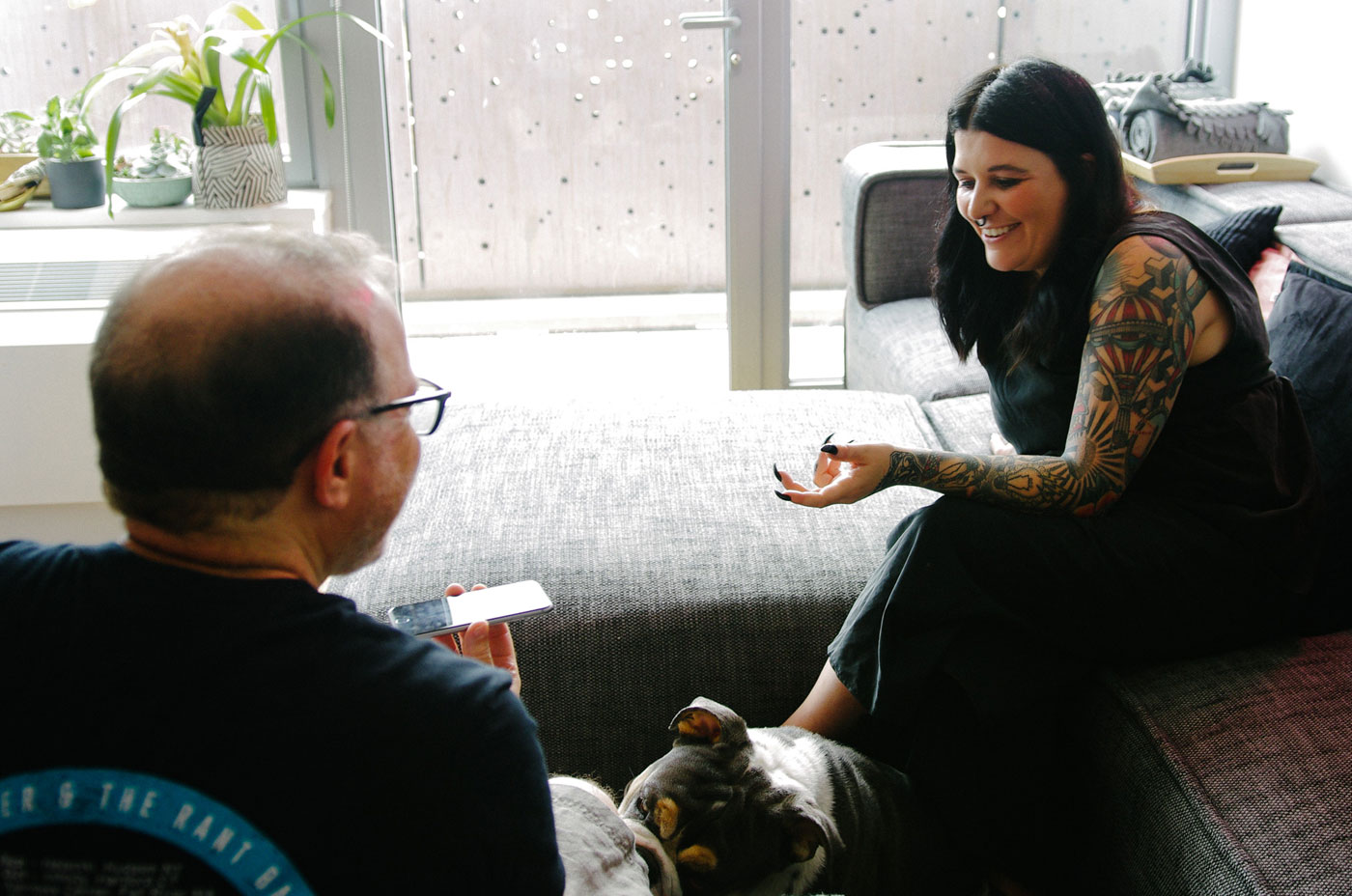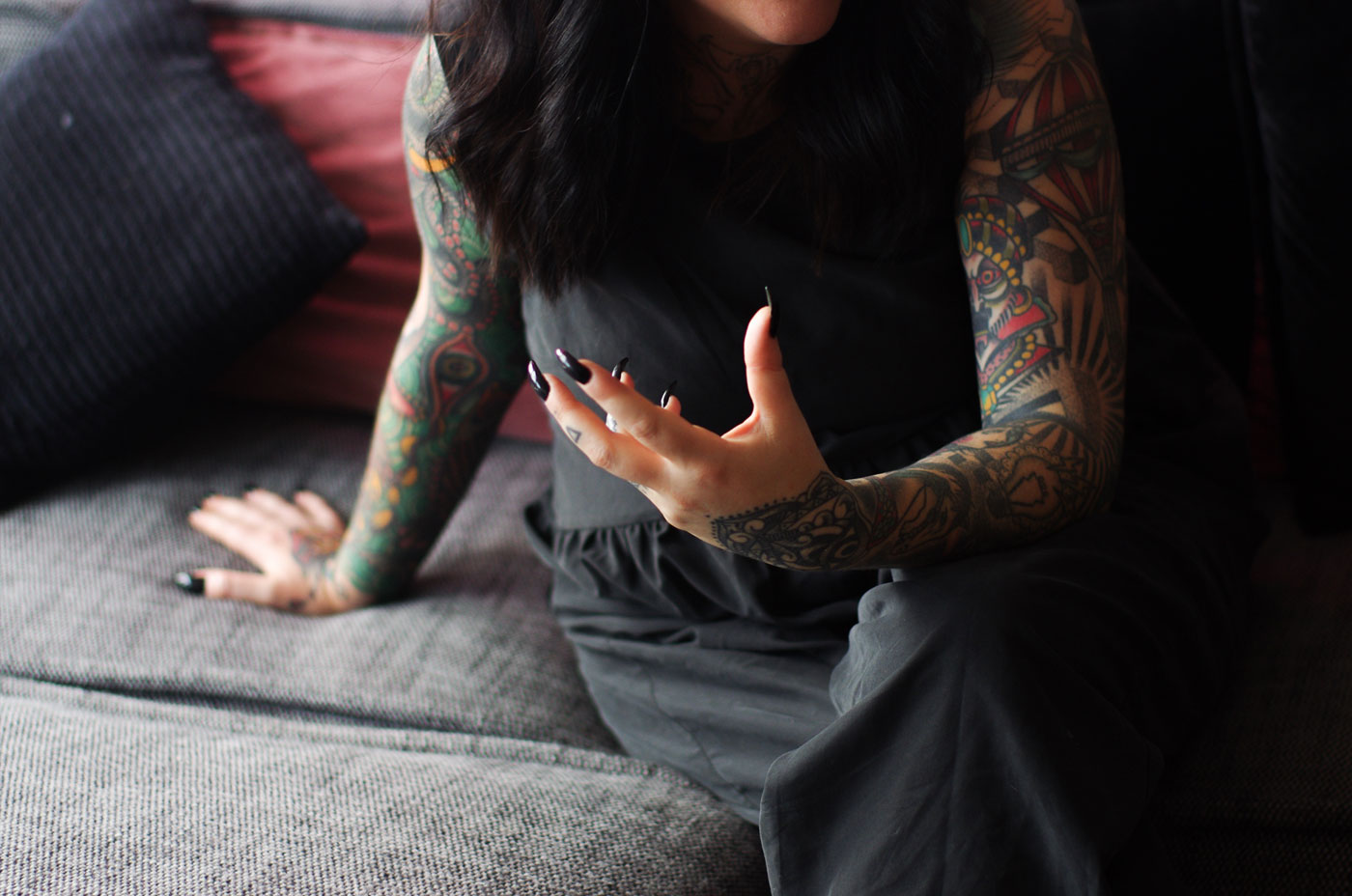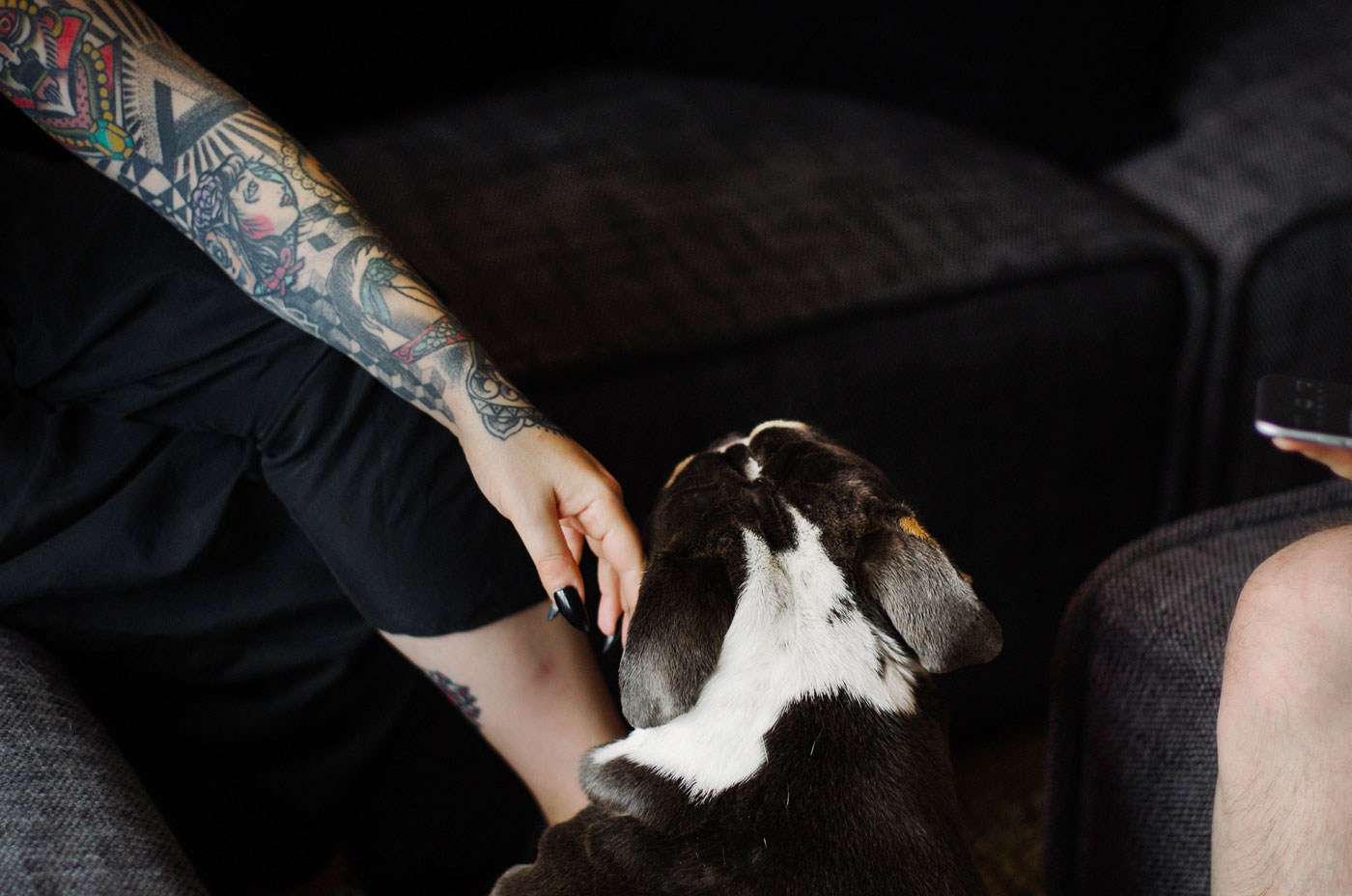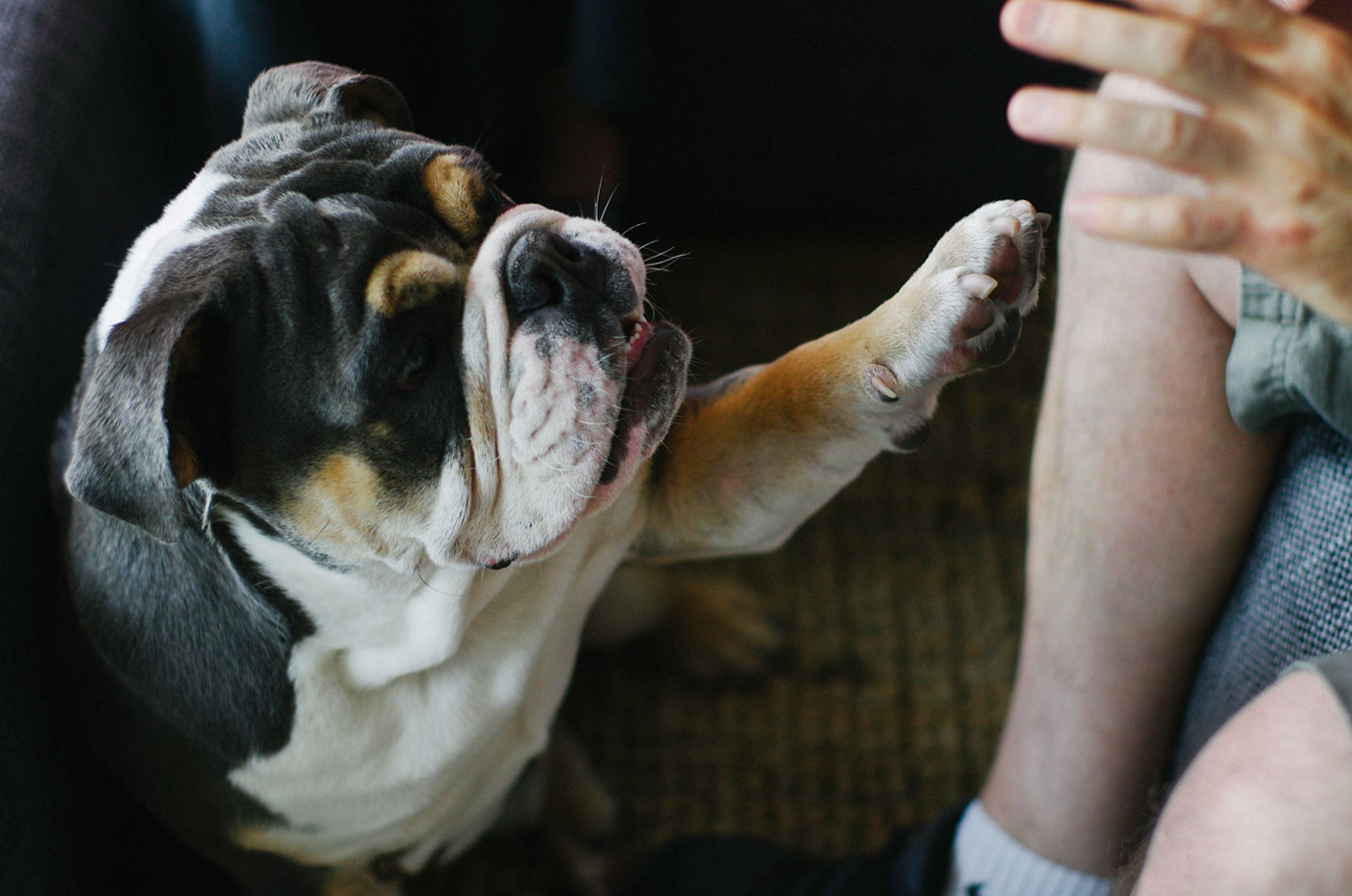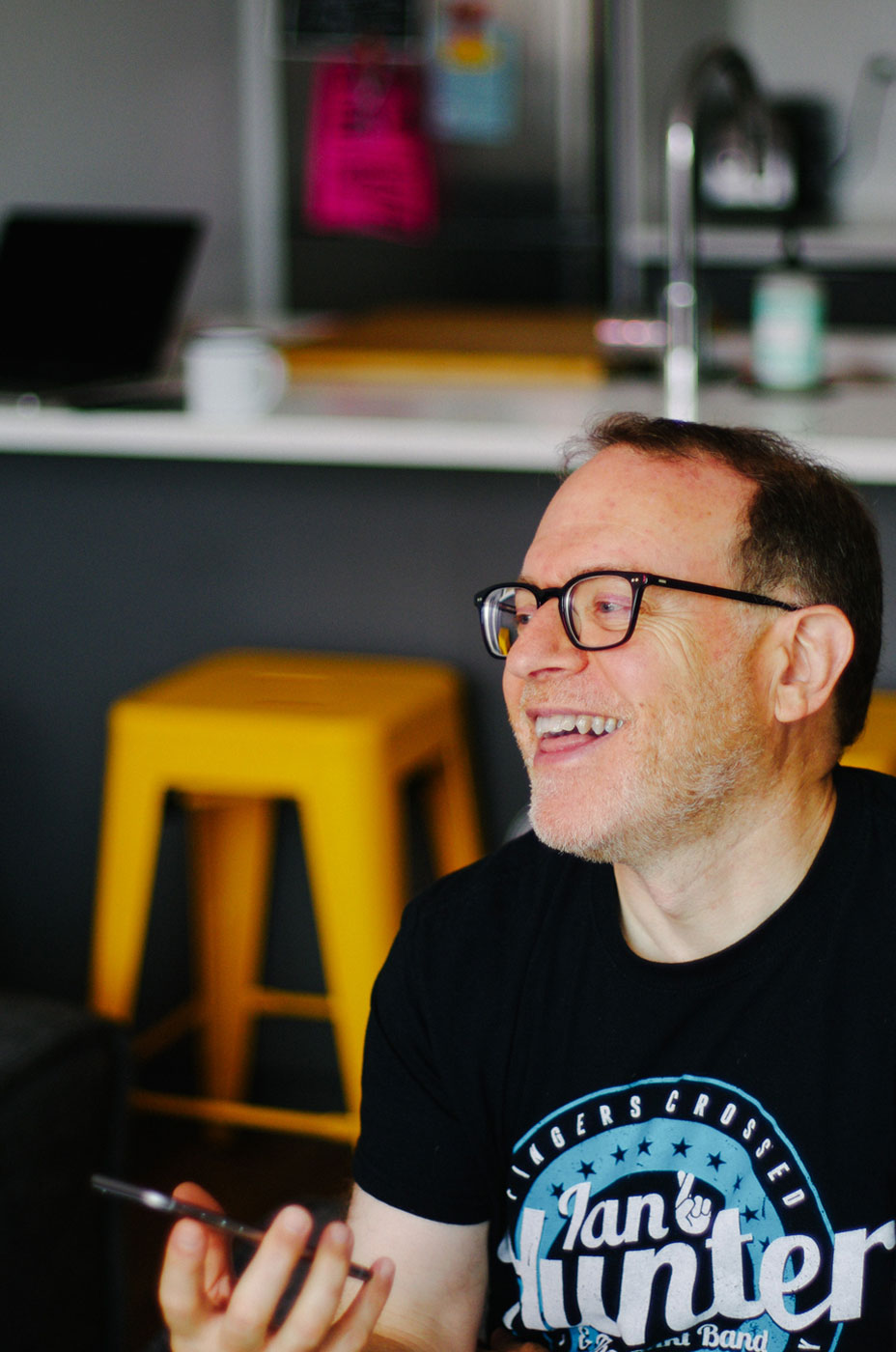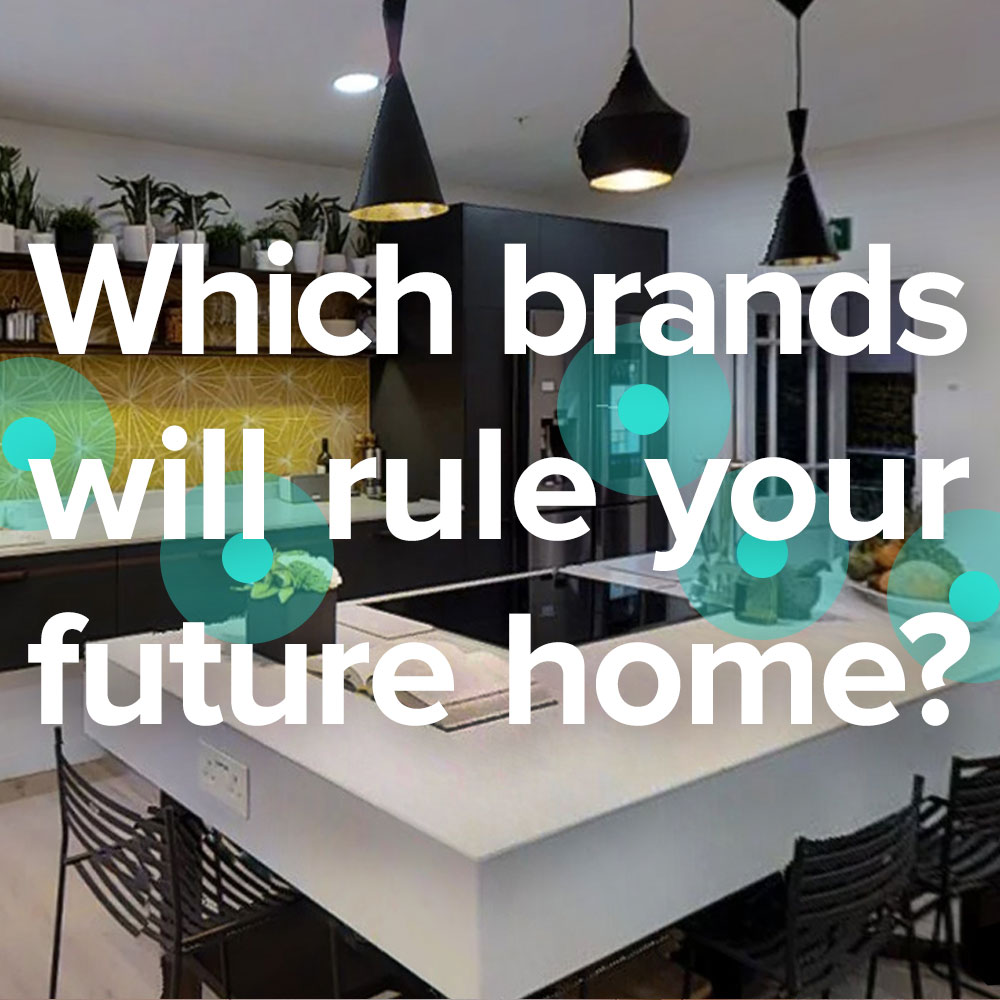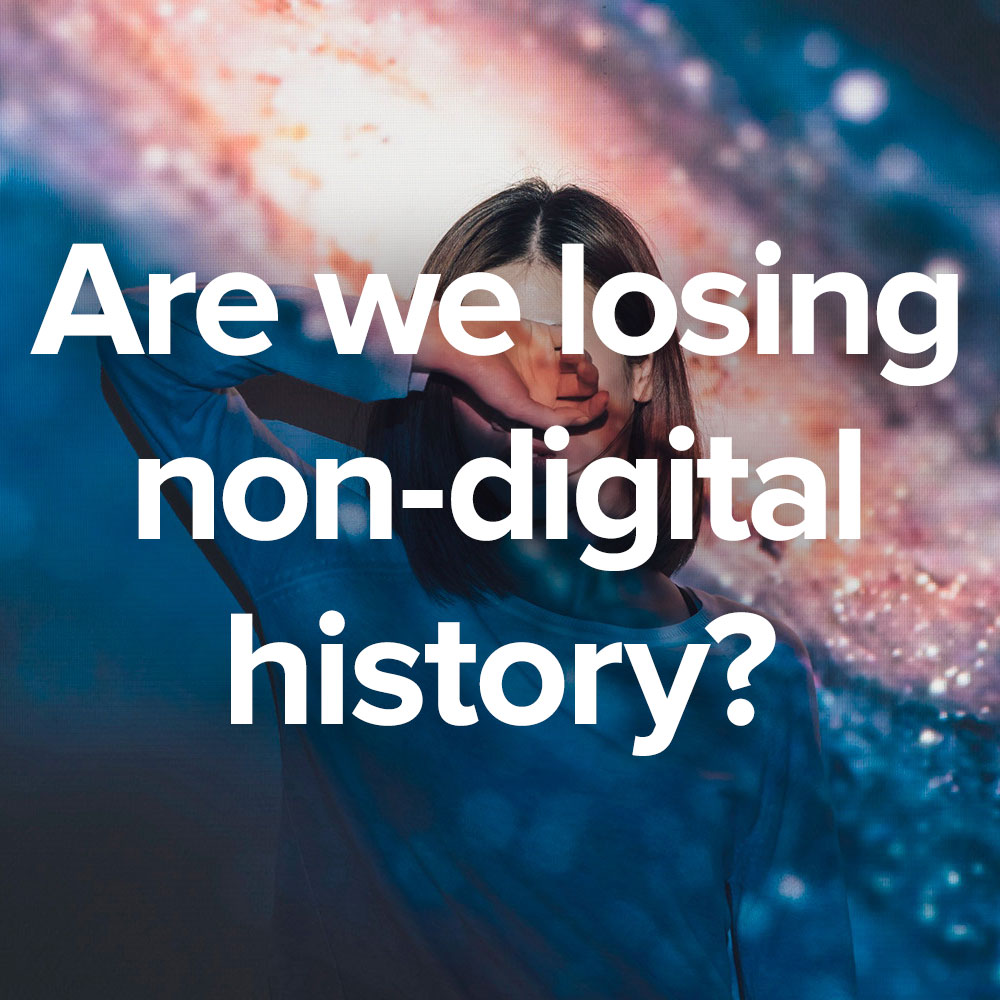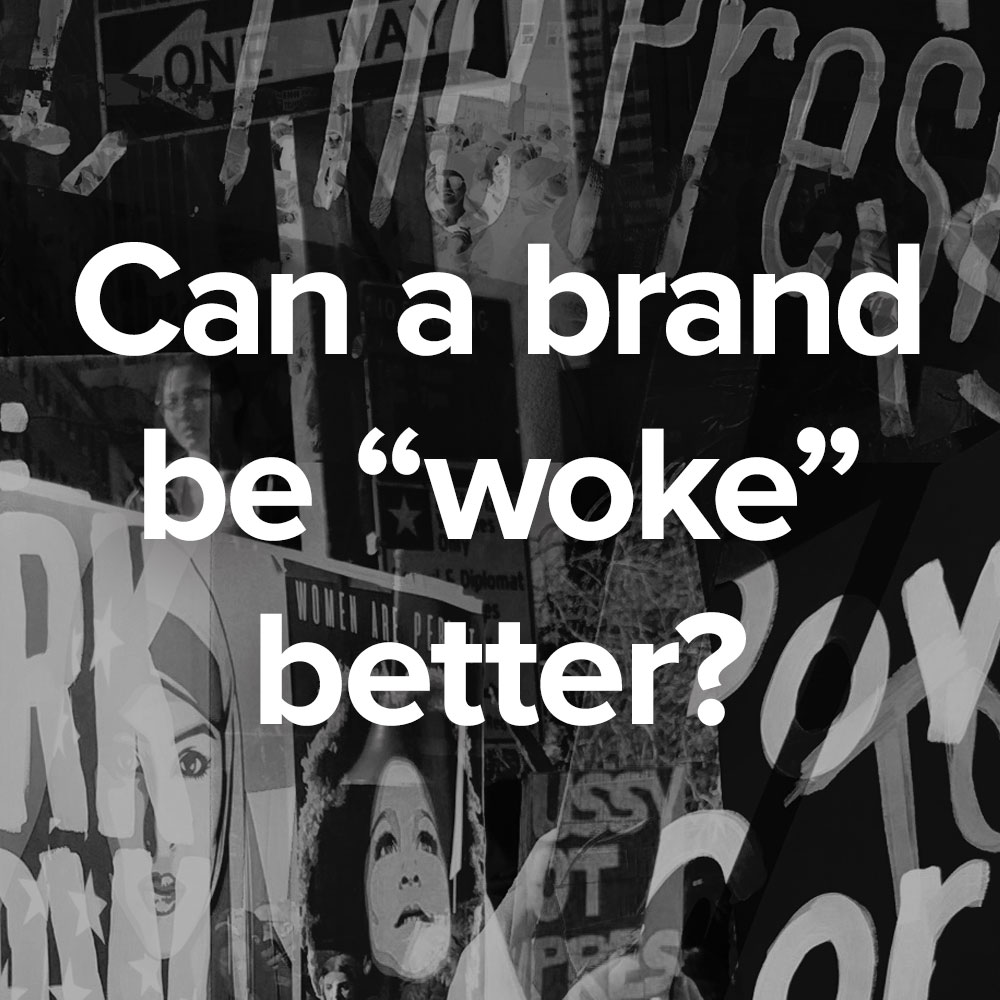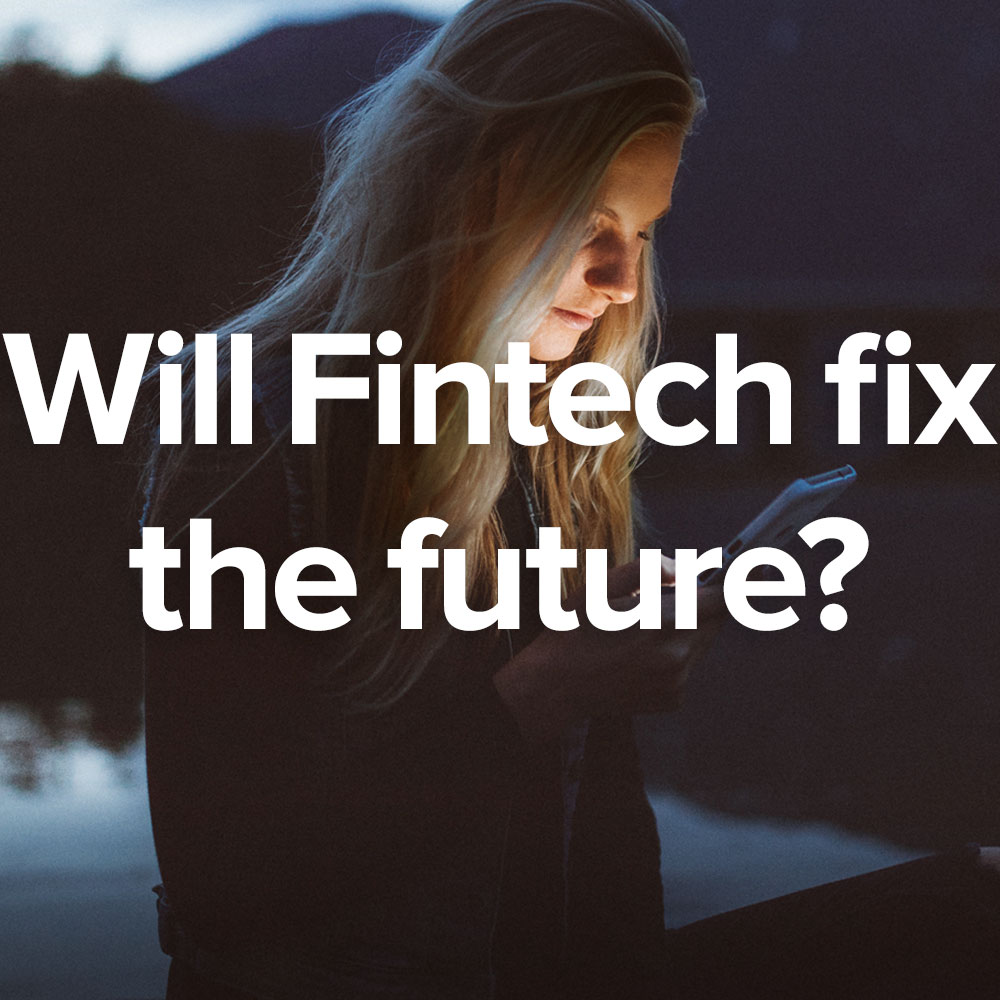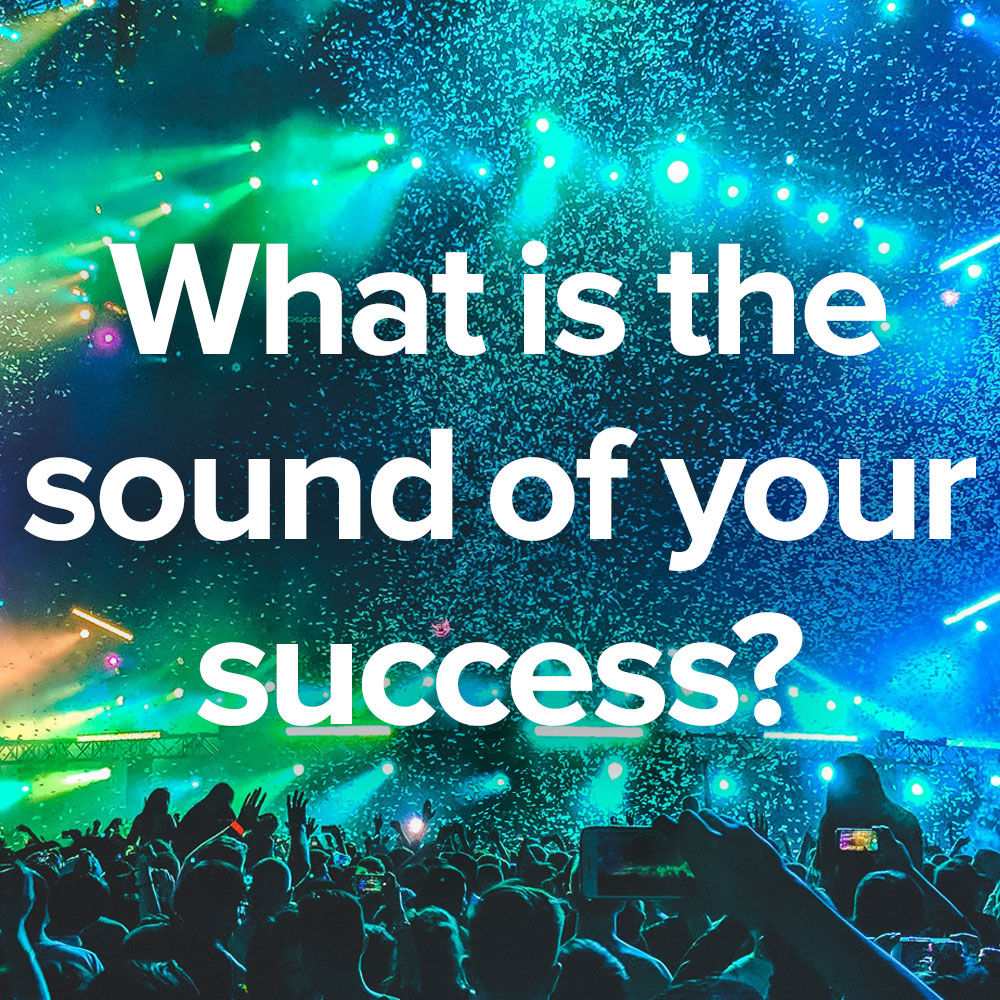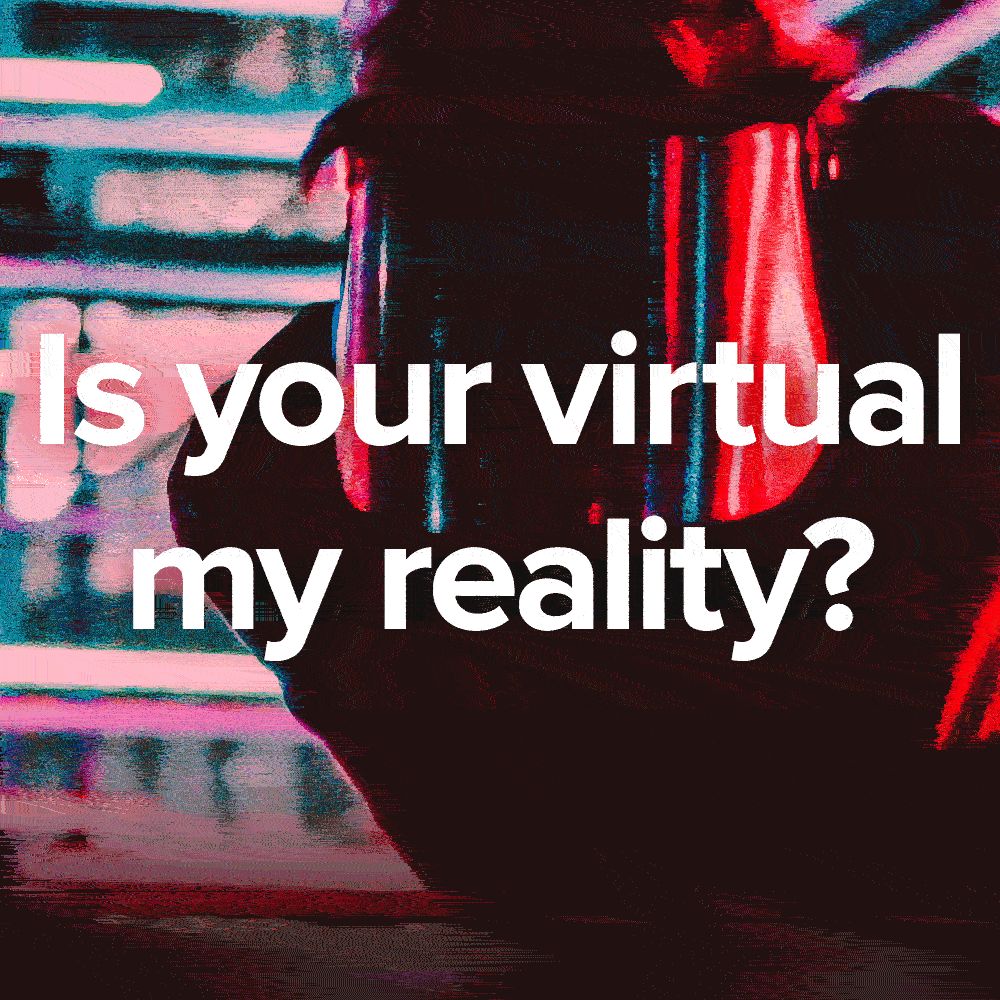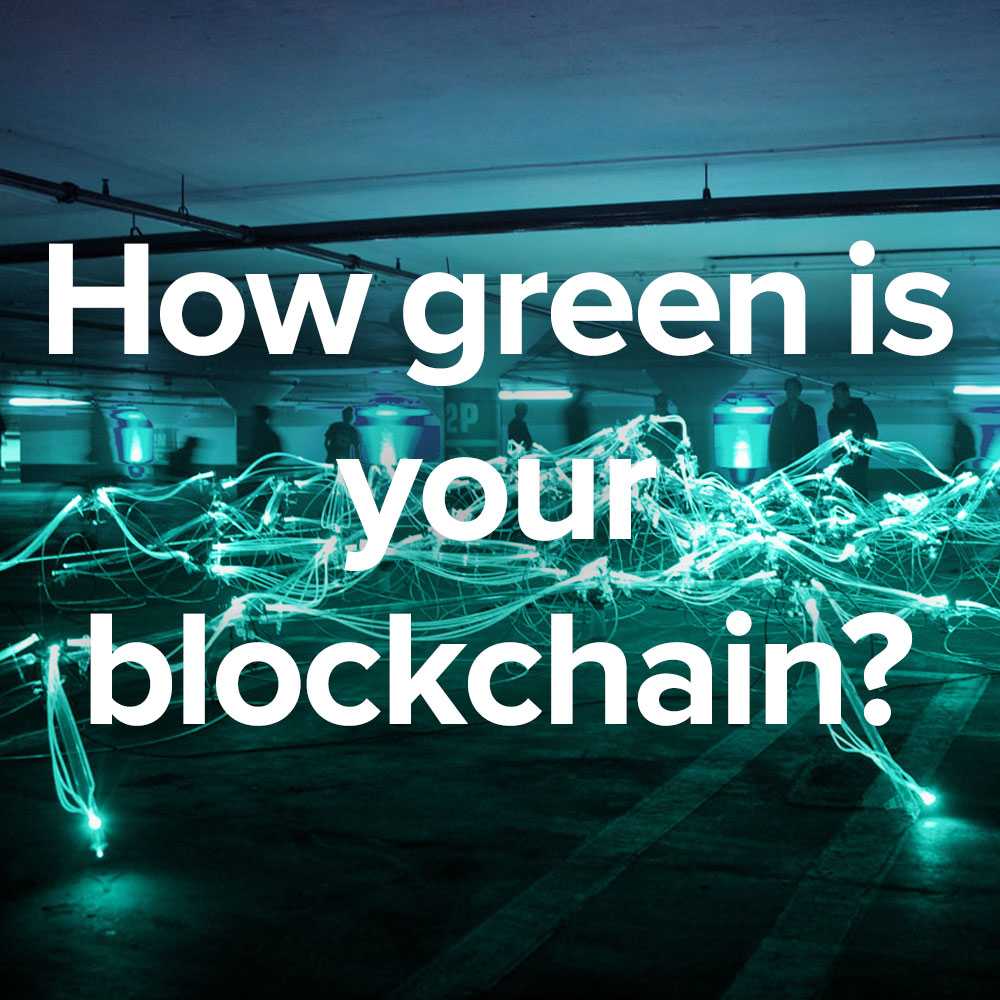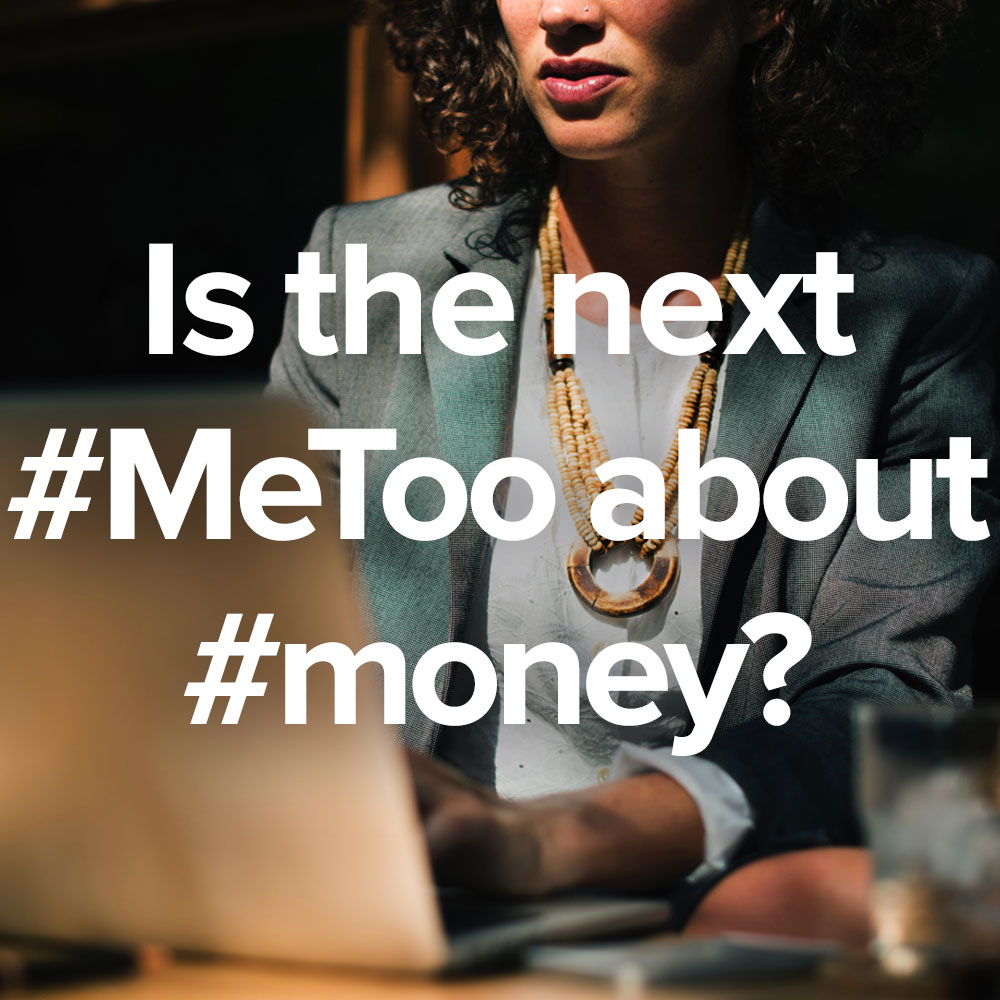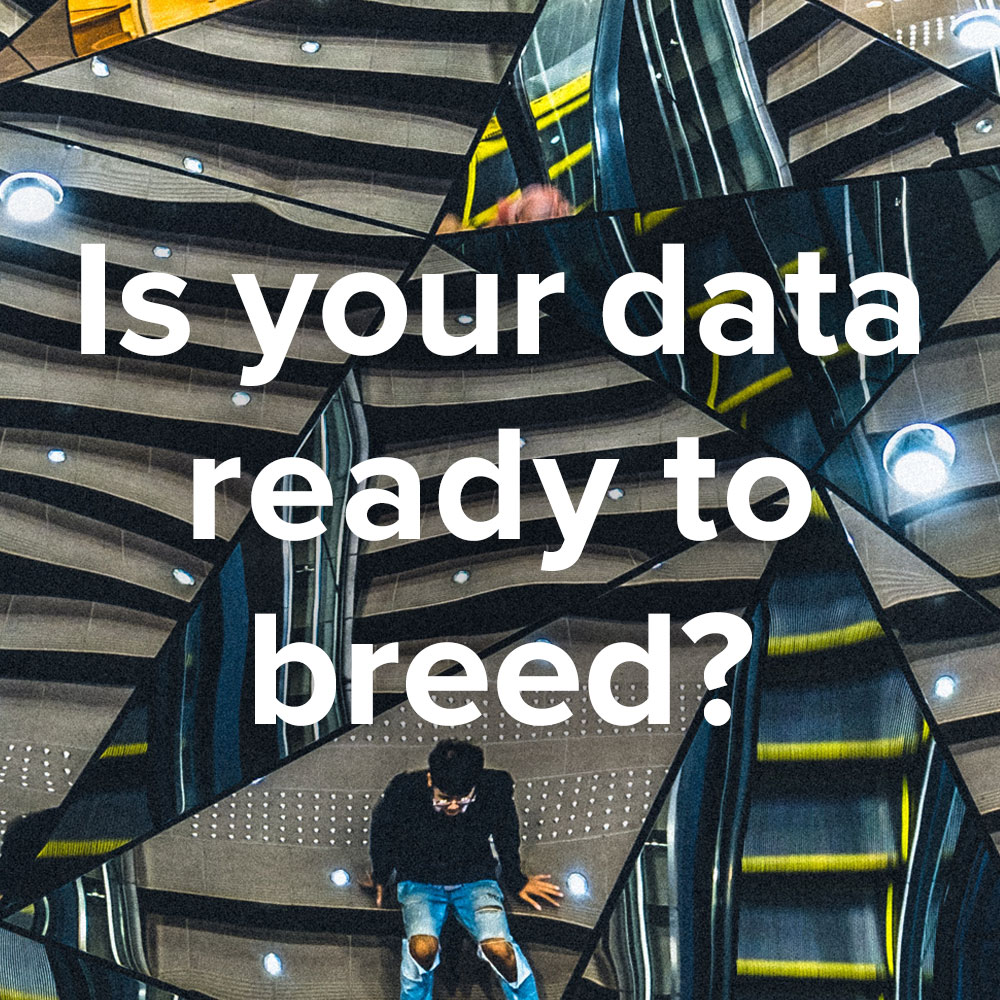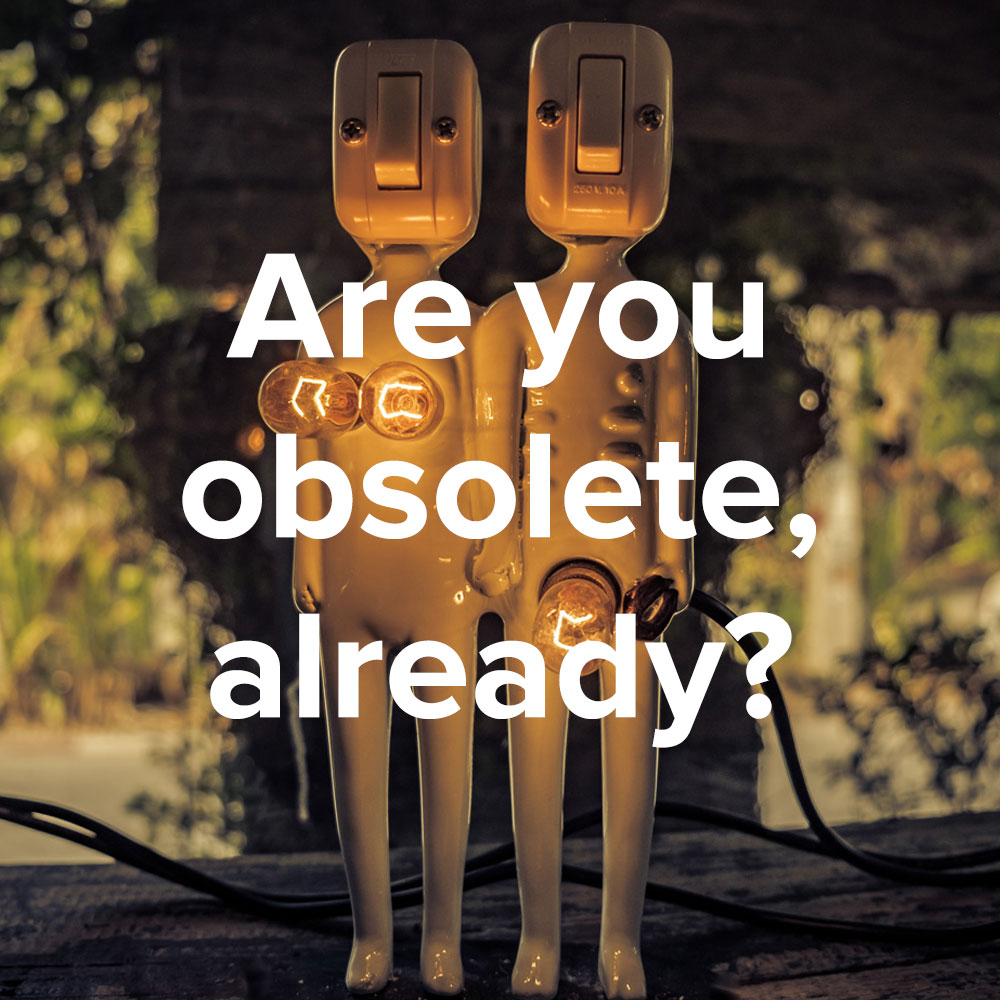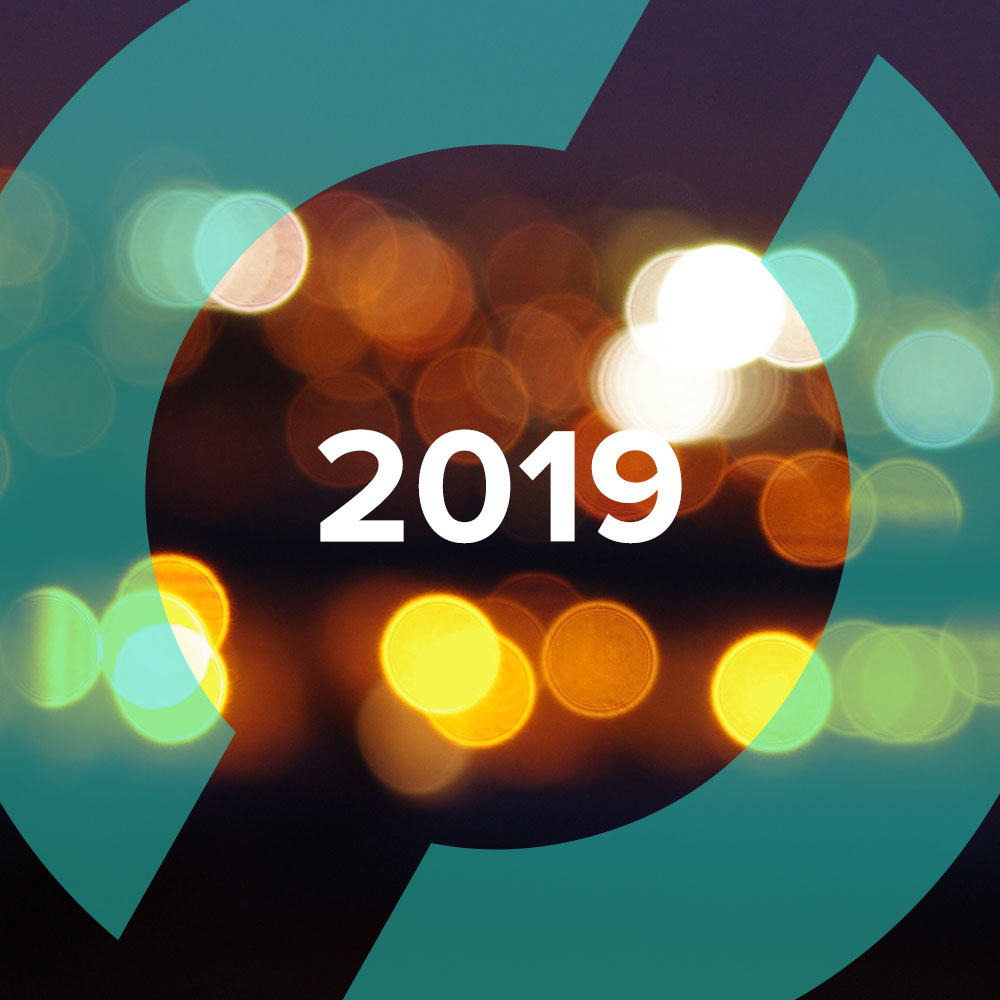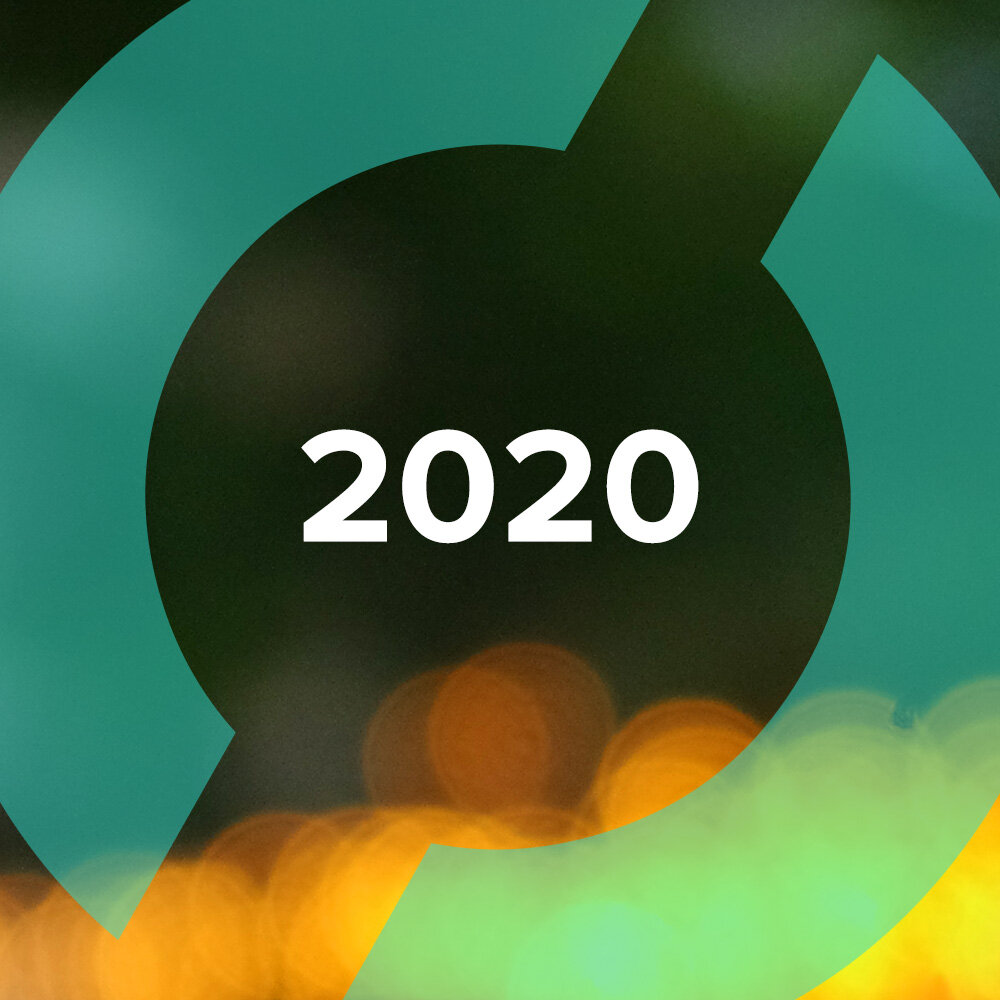“_________”
Chi on Experience Design.
Human-centered design is very simple. It puts humans at the heart of what we do. So rather than thinking about how much money we’re going to make and how much we’re going to sell—although that is important, of course—we’re thinking about human needs first, instead of desires. After all, what you want and what you need are different things.
— Chirryl-Lee (Chi) Ryan
Designer, Director of Experience at Idean and ‘This is HCD’ Podcast Host
— I like to make playlists. I mostly listen alone, but if we’re in the car, there’s got to be some semblance of a beat throughout, otherwise my wife isn’t having any of it. On Saturday, July 21, we embark on a two-day, 15-hour extravaganza of a car ride. After 18 years, it’s goodbye New York, hello Nashville, Tennessee. I need a song to start the playlist—it can be on the slow side, I do get one of those—that perfectly captures the few minutes when you emerge from the tunnel, and the skyscrapers of lower Manhattan disappear from the rear-view mirror, and, gulp, your life begins anew.I’m thinking about “Girl from the North Country,” Bob Dylan and Johnny Cash’s magnificent duet on Nashville Skyline (coincidence?). For me, the woman in the song is New York City. Have a listen, you will see what I mean.
Meanwhile, as I move 900 miles west, Ridley, a most endearing bulldog, is settling into his Brooklyn apartment after a 16,000-kilometer journey east from Melbourne, Australia. Ridley belongs to Chirryl-Lee Ryan, who seems to be on a global journey to improve how the world experiences … anything and everything. Chi is Director of Experience at Idean, a unit of French consulting firm Capgemini. In this role, Chi walks in the shoes of the people she is designing for (sometimes, they are customers, but they are always human) and plans the interactions they have with a product, service or brand, or with something more intangible, from the human point of view. She intuitively understands that no matter what the messaging might be, it’s wasted if it isn’t designed with people in mind.
Maybe I should’ve consulted her on the playlist?
Chi, let’s start at the start: What is experience design?
Chi — Experience design is a mindset, with which you think about the world in a completely different way. To understand experience design, first you need to consider what “experience” means. A philosophical question for the ages, “Experience” is part of the human condition, something we all go through, value and care about, it’s deeply connected to perception, memory and impression and yet—incredibly difficult to explain. Psychologically speaking, how a person experiences something is the emotional and rational response to outside stimulus. It’s a mixture of the things that we do, things we go through, our expectations, our opinions and our memories. These are some of the things that need to be considered when taking an experience-led approach to design.
How are we thinking about experience design? How could we think about it?
For me, experience design is the premise that everything that is designed—from a chair to a guitar to a mobile phone to a digital app—has an experience attached to it, and you can choose to design for that experience. We’re looking for people's latent needs.
It’s an evolution of thinking?
Right. Historically, you would sell a pair of women’s stockings very pragmatically. They're made of nylon. They’ll keep you warm in winter. Then Edward Bernays came along and realized there was a different way of marketing things around desire: like a pair of stockings can make you feel sexy and feel more like a woman and be more attractive. The marketing is appealing to people's desires and using desire as a means of selling. The same with sex-symbol cars. We were looking for things we thought people would want to buy and then creating the marketing around that.
Experience design, however, works on a different premise. You design the experience first, then worry about what it is you’re going to be selling. It’s an approach that requires “human-centered design.”
“As people who bring new things into the world, we marketers and designers need to be really careful of the way that we’re going about it. It’s not good enough to just create something; you need to have a purpose behind it.”
Is “human-centered design” what it sounds like?
Human-centered design is very simple. It puts humans at the heart of what we create. So rather than thinking about how much money we're going to make and how much we’re going to sell—although that is important, of course—we're thinking about human needs first, instead of desires. After all, what you want and what you need are different things.
Take for example, public transport. What is the real need that people have when it comes to public transit? To get to work at eight, right? You need public transport to get you from Point A to Point B, but there's so many layers of complexity that are now added in. You can use an app to figure out how to get somewhere, a digital product that makes things seem so simple. But there are a lot of layers of infrastructure underpinning that experience. We could design invisible systems and processes, even the actual, visible physical infrastructure, with human needs in mind.
Sounds like experience design is almost a higher calling?
If we think about things from a human-centered experience, it changes the way that we'll go about making things. It's often about questioning why we should do something a certain way. There’s an island of plastic or garbage in the ocean that’s twice the size of Texas now. As people who bring new things into the world, we marketers and designers need to be really careful of the way that we’re going about it. It's not good enough to just create something; you need to have a purpose behind it.
In designing, how do you account for people bringing their own likes and dislikes to an experience? We all do that, every experience, probably.
Right. But when you take a human-centered approach, you're thinking about people not as commodities, not as customers, but as people, you know, people who have all kinds of different needs and behaviors and desires, and you're trying to take them into account. And ultimately, that's what human-centered design really does. You're trying to rehumanize the things that we bring into the world.
But how do you design for a customer when you’re not necessarily in that customer’s demographic? What do you do? I mean short of having 27 focus groups for everything and everyone.
When you take a human-centered approach, the most important thing is to—I don’t want to say empathize with the people you are designing for—but you need to live like they do, so that you can get the feeling that you, in fact, are the person you are designing for, in the end. You need to experience the experience.
“Honestly, one of the things that’s really important is observation. It’s not always about asking questions. It’s often about just waiting and watching and seeing what happens. That is when you get some of the best insights about what is happening in a particular space and how you could potentially solve for problems that are happening or ultimately make things better.”
How do you do that? How do you do that with a timeline and budget?
I would say you have to have both evidence- and creativity-based design. There's obviously going and doing field research and spending time with the people that you're designing for, and you spend time with the stakeholders, too, but you might fold in data and information that you supplied, and ultimately, you want to build a picture of all of those things because sometimes the data lies, sometimes it's skewed, sometimes people lie. Sometimes you don't necessarily get all the answers from the people that you talk with. So, it's important to get a view of all those things and then bring it together.
And honestly, one of the things that's really important is observation. It's not always about asking questions. It's often about just waiting and watching and seeing what happens. That's when you get some of the best insights about what is happening in a particular space and how you could potentially solve for problems that are happening or ultimately make things better.
Tell me more about experience design when applied to things you can’t hold in your hands.
I'll give you an example; it’s one that I use that’s very dear to my heart. My mom is a nurse, and she's been a nurse for 30-something years…even though she's only 21.
Brownie points.
Right! So, last year, she had a long service leave, five months off. She decided to take a course in service design, which is one of the hot experience-design disciplines. Obviously, nursing is a service-based occupation. And for her, providing health care in a human-centered way is very important. After the course, she very quickly found herself with a new job at a facility—a home facility, not a care facility—that has 20 apartments for people who are fully ventilated. That means they can’t breathe for themselves. They might have quadriplegia or muscle issues, for example.
The whole point of this facility is to allow these people to live the most normal life they possibly can. And what that means is that you have to facilitate an experience for each one of them. The challenges are very complicated to help them live a normal life, be able to go to school, have a job, do all the things that you or I would do. You have to facilitate it in a particular way. And all the people who are around the need to participate in that experience. So, the people there have nurses, they have doctors, they have caregivers, they have family, some of them have businesses. They have very specific needs.
To facilitate an experience where you’re making those challenges disappear into the background and allowing them to live a full and happy life is quite a tricky thing. My mom is the educator at this facility, and her job is to educate all of those people who are around the tenants to facilitate an experience of normality. It's just amazing what they do there. And this is where you shift, actually, from human-centered design to humanity-centered design. And when you get to design something that has monumental impact, that’s what really inspires me.
Chi’s Favorite Experience Design Example
“A brilliant example of experience design comes from the father of experience design, Walt Disney. According to legend, when Disney saw a cowboy walking from Tomorrowland to Frontierland at Disneyland California, he wasn’t impressed. A cowboy in the future made no sense, and would disrupt the experience of visitors to ‘the happiest place on earth.’ Thus, during the planning of Florida’s Walt Disney World, engineers designed an underground tunnels system known as the Utilidor System to keep park operations (including wandering cowboys) out of sight.”
How do you use experience design when it comes to brands? I suspect it’s not all that easy.
The truth is that the experience is the delivery of the brand promise, right? So, when a brand makes a promise to you, it’s “this is what we’re going to give you for your money.” But there are dangers when the performance that you are expecting doesn’t measure up. And then you end up trying to make the experience match the brand promise in reverse, retrofitting the experience to the promise because the brand can’t match the promise. It’s not the ideal way to go.
As a mentor, Chi, what should the next generation of designers and marketers do to achieve great things?
Well, start by treating people like humans, you know, do unto others. Make things the way you would want the world to work. I would also underscore the importance of getting out there. If you’re really going to try to sell someone something, understand whether anyone really needs that thing, and if they truly don’t, maybe you need to have a frank conversation with your client. And finally, always ask why. When a client gives you a brief, ask them why they want to do the project. Dig deeper around what it is they are trying to achieve, the business objective, because that questioning is going to help them exponentially more than just going and doing whatever it is that they ask you to do.
Thanks for sharing why we should put humans in the center of our designs, Chi!



